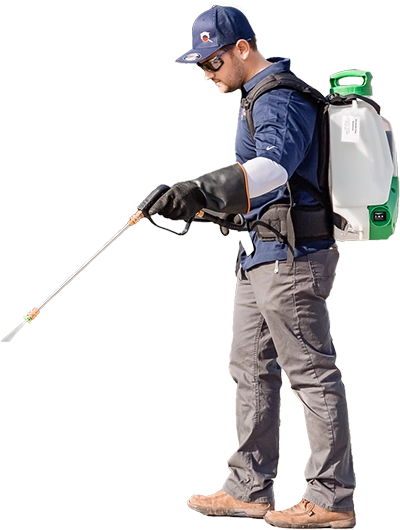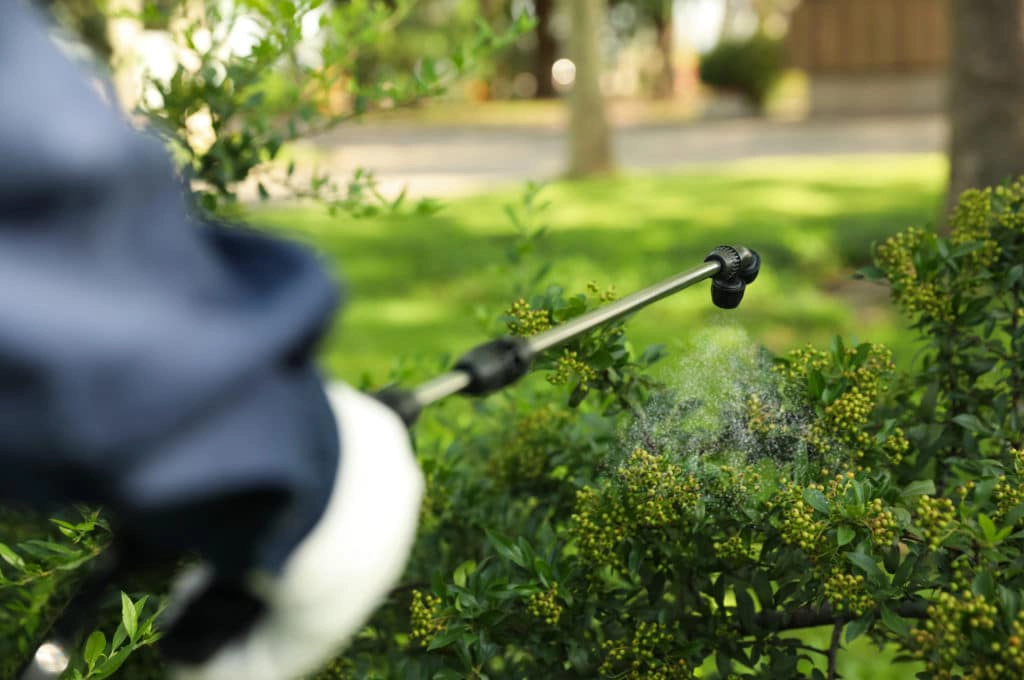People who are sensitive to indoor allergens often experience respiratory problems, stemming from poor air quality inside their home. Indoor air and heating systems can circulate pet dander, dust, mold spores, and other allergy-inducing air pollutants, all of which can cause sneezing and breathing problems. Concentrations of some air pollutants are 2 to 5 times worse indoors than outdoors.
If you’ve been struggling with constant allergies, asthma flare ups, irritated sinuses, or other respiratory discomfort, it may be indoor air pollutants that are to blame. Thankfully, there are ways to test and improve the air quality in your home.
What constitutes ‘clean’ indoor air?
Before you can make sense of indoor air quality (IAQ) tests, and set out to make improvements, you need to understand what ‘clean’ air actually means.
Indoor pollutants are composed of harmful gases—such as carbon monoxide, nitrogen dioxide, and radon—and particulate matter, such as smoke from cigarettes and cooking, as well as pet dander and dust. Poor ventilation in your home can increase pollutant levels. Outdoor air actually dilutes indoor air contaminants, ‘cleaning’ the air in your home, so long as the outdoor air is not similarly polluted (i.e. the air is not filled with smoke). High indoor humidity levels can also increase concentrations of mold and similar pollutants.
Below are the allowable levels of common pollutants, as defined by the Environmental Protection Agency (EPA) and the American Society of Heating, Refrigerating, and Air-Conditioning Engineers (ASHRAE).
| Type | Allowable Level |
| Temperature | 75°F to 80°F during summer; 68°F to 74°F during winter |
| Humidity | Between 30% & 50% |
| Carbon Monoxide | < 9 ppm |
| Particulate Matter | < 10 micrometers in diameter |
| Volatile Organic Compounds (VOCs) | < 500 ug/m3 |
Get an indoor air monitor to test your air quality.
An indoor air quality monitor is an inexpensive way to measure your air quality.
You can purchase an IAQ monitor online or in a hardware store or other large retailer. Try to buy a monitor that provides the following measurements: temperature, humidity level, particulate matter level, and air quality index. It should also monitor VOCs (volatile organic compounds). VOCs are chemical pollutants that originate from building materials, carpet, furniture, and the like.
Some IAQ monitors will measure for carbon monoxide (CO), but you should have a dedicated CO detector that alerts when levels are dangerously high. If you live in an area with high radon levels, you should also install a radon detector.
You can’t eliminate all air pollutants inside your home, but you can significantly improve air quality with some simple changes.
Being that we spend the majority of time inside our homes, things like mold, mildew, and dust aren’t just minor annoyances. The best case scenario is that any problems are caught early and cleaned or removed, restoring air quality to healthy levels. But in some cases, homeowners don’t suspect that there is a problem, and air pollutants cause allergies and other respiratory problems for months or years on end. The consequences can be truly tragic in the case of pollutants like black mold, radon, and carbon monoxide.
You can do a few simple things to achieve healthy air quality inside your home.
Replace your air filter. As a general rule, you should replace your home’s air filter every 90 days. You might have to replace it sooner depending upon where you live. In California, smoke from wildfires presents a major problem when it comes to indoor air quality. Air filters—which trap air pollutants—can quickly become dirty from the larger particulate matter caused by fires.
Examine your air filter every few weeks. It may be dirtier than you think.
Upgrade your HVAC system. This isn’t a must do, but you should consider upgrading your HVAC system if you are dealing with any of these common problems:
- Increased usage. If you notice it kicks on more often and takes longer to heat and cool your home than normal, it’s time to replace the unit.
- Regular repairs. All parts of an HVAC system are repairable. You can hire someone to fix the compressor, coils, motor, and other components. However, after a few repairs—factoring in the cost of parts plus labor—the cost of a new HVAC system becomes a more worthwhile investment. And a new unit will be cleaner and more energy efficient.
- System age. If the system is 10+ years old, it could be nearing the end of its life. That doesn’t mean you can’t get 18 or 20 years out of the system with regular maintenance. But if you have not completed regular maintenance, your system may be in poor condition. Once problems and frequent repairs start to pop up, it might be a good idea to opt for a new system.
Now you might be asking: “what does this have to do with air quality?” HVAC systems that do not work properly contribute to indoor air pollution.
Stagnant, uncirculated air can quickly accumulate dust and other contaminants. If the air has nowhere to go—it can’t escape through windows, it’s not circulated through vents, or your HVAC system has trouble circulating air—you’re more likely to end up with unhealthy indoor air.
Get an air purifier. Air purifiers consist of a filter, or multiple filters, and a fan. As the air moves through the purifier, pollutants are trapped in the filter and clean air is pushed back into the living space. The filters are usually made of paper, fiber, or mesh. Just like your HVAC’s air filter, you’ll have to replace the purifier’s air filter regularly.
Ionized air purifying systems are considered the best. Negatively charged ions bond to dust and allergens, trapping them in the filter. Other air purifiers come with filters that are washable and reusable. Keep in mind that reusable filters generally require more maintenance, since you won’t just be popping in a new filter every so often.
Purifiers catch things like dust, pet dander, pollen, smoke, and other particulate matter. However, they don’t filter VOCs.
When researching air purifiers, you might see a marketing gimmick touting an air purifier as being “99% effective!” It might be 99% effective in capturing pollutants in a lab setting, but that probably won’t be the case in your home. Various factors impact a purifier’s effectiveness: location, installation, air flow rate, and ventilation can affect a purifier’s ability to remove particulate matter from the air. That’s not to say they don’t work, they just aren’t 99% effective in most cases.
Clean regularly. Good indoor hygiene can reduce dust and pet dander, which often cause allergies. Dust can contribute to mold growth.
When you clean, focus on:
- Washing linens like bed sheets, drapes, blankets, and similar items that attract dust. This is even more important if you have pets. Pets shed hair and can track in dirt from outside. Consider dust covers on your pillows, mattress, and other furniture if possible.
- Vacuuming a few times a week. Yes, it’s a chore, but a lot of dust and dirt can be trapped in carpets and on the surfaces of hardwood and tile floors. Vacuum off shelves, counters, and anything dusty. Be sure to use a vacuum equipped with a HEPA filter.
- Removing general clutter that traps dust.
Poor indoor air quality can lead to allergies and illness. The good news is that you can test and improve your home’s air quality without breaking the bank. If you implement a plan to actively monitor air quality levels and regularly clean, you will be on your way to breathing cleaner air!




